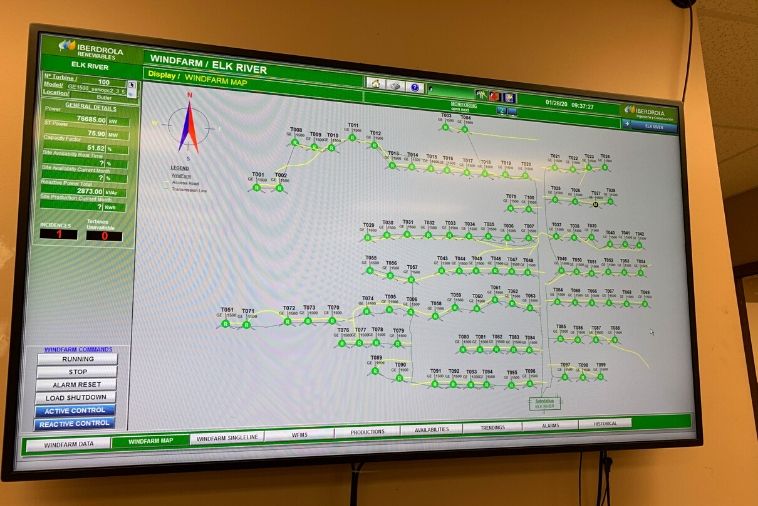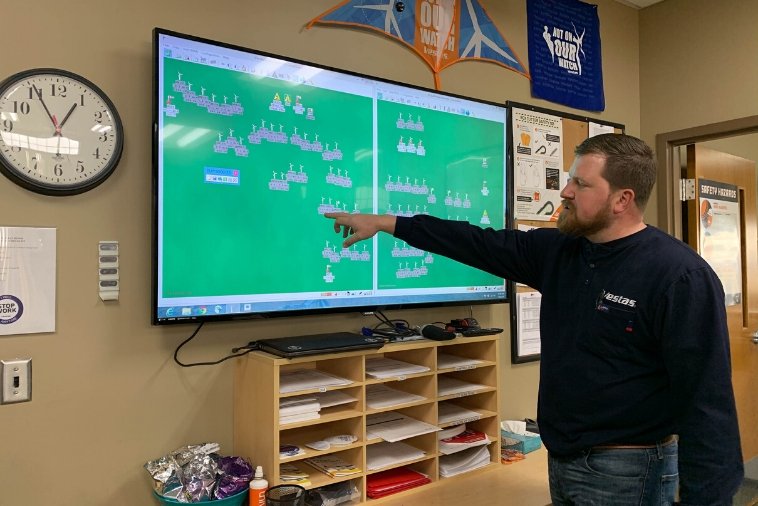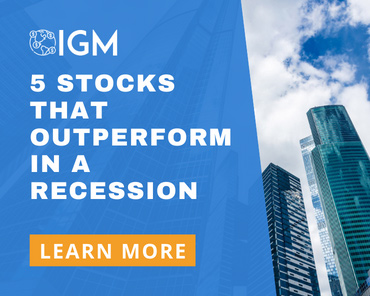Wind energy is cheap and growing
The phrase “wind farm” is confusing because wind farms don’t look much like farms, or even traditional power plants. They typically consist of 50 to 100 turbines connected by buried wires that link up to a central transmission and one or two low-slung maintenance buildings. Each three-bladed turbine is set on a high tubular metal tower. The turbines run in offset lines, usually about half a mile apart so they don’t steal each other’s wind. Underneath them, cattle graze or crops are grown.
Wind went from 2.3% of the U.S. electricity mix in 2010 to almost 7% in 2019. It’s one of the cheapest ways to produce energy, sometimes even less than natural gas.

They’re increasingly part of America’s rural landscape, in part because the Great Plains is very windy, there’s ample ground and little to get in the way of the river of air that flows above the fields.
Kansas is expected to have 40 wind farms by the end of this year, said Dorothy Barnett, executive director of the Climate + Energy Project, a nonprofit clean-energy organization in Hutchinson, Kansas.
The Sunflower State is the nation’s fourth-largest producer of wind energy, and in 2018, it generated more of its total electricity from wind than any other state, 36.4%, according to the American Wind Energy Association. All told, Kansas produced almost 20 gigawatts of electricity from wind in 2018, the most recent year for which numbers are available.
At Meridian Way, things started in 2007 when Jim Franey and his neighbors were invited to a smothered steak dinner at Our Lady of Perpetual Help Catholic Parish Hall to hear about a possible wind farm in their area. In the end, 67 of 68 landowners signed up.

“A lot of people were concerned about the aesthetics,” said Franey, 72. “I said to ’em, ‘Sign up. Because if it’s on your neighbors’ land, you’ll see it, but you won’t get a check. Might as well get a check.’ ”
Meridian Way’s 67 turbines produce 201 megawatts hours of electricity annually, enough to power 59,000 homes each year. Meridian Way is owned by EDP Renewables North America, based in Houston. The company develops, constructs, owns and operates wind farms and solar parks throughout North America. It’s owned by a Spanish company, EDP Renováveis, which is the world’s fourth-largest wind energy producer.
Click to next page to continue reading




















